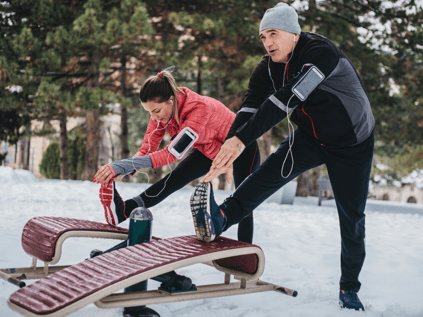 The temperatures are still frigid, and there are days when it seems as if the sun doesn’t shine. This is the time of year when we can start to feel down and less motivated, and maybe start to develop a case of the winter blues. It's easy for these negative thoughts to start creeping into our heads, but it is just as easy to kick these thoughts to the curb with these five simple steps.
The temperatures are still frigid, and there are days when it seems as if the sun doesn’t shine. This is the time of year when we can start to feel down and less motivated, and maybe start to develop a case of the winter blues. It's easy for these negative thoughts to start creeping into our heads, but it is just as easy to kick these thoughts to the curb with these five simple steps.1. Stay Active
When the snow is blowing outside, the temperatures are below freezing, and the sun is not yet shining, it is easy to make excuses as to why you shouldn’t go to the gym. The thing is, you don’t have to go to the gym to be and stay active. You can complete a NIFS workout at home, throw in a fitness DVD, or embrace the cold weather and participate in a cold-weather sport such as skiing or snowboarding. Being active helps to relieve stress, elevate your mood, and increase your energy and metabolism throughout the day. All you have to do is get moving!
2. Eat a Healthy Diet
The foods that we put into our body have a huge effect on our mood and energy levels. Refined and processed foods are not full of the vitamins, minerals, and nutrients that our bodies crave. Fruits, vegetables, whole grains, and lean proteins will give your body nutrients to give you the energy that you want and need to move through the day with ease.
3. Plan Something for the Future
Now this won’t provide you with instant satisfaction, but it will give you something to look forward to when the warmer months come. You can plan a trip, sign up for a race, or just plan a weekend with your friends. Having that “thing” in the near future to look forward to will be like the carrot dangling in front of you to keep you pushing through these dreary winter months and looking forward to something brighter.
4. Treat Yourself Now!
Planning something for the future is great to keep you going, but you should also reward yourself for your hard work, healthy eating habits, trying that new workout, acing the test, or whatever you have accomplished right now! Treat yourself to a manicure or pedicure, a new clothing item, time with your friends, a special event, or anything else that makes you happy. Winter can seem endless, but with little treats to look forward to, the dark and cold days will go by more quickly.
5. Soak Up the Sun
Even though the temperatures may be chilly, the sun still shines! Many people know that the sun is a great source of Vitamin D, but the sun also lifts your mood. The colder and shorter days during the winter months cause many people to spend more time indoors. A lack of sunlight can cause people to feel depressed or sad. Sunlight effects our mood by releasing neurotransmitters in the brain that effect mood (very similar to exercise!). Instead of cozying up in front of the TV, embrace the cold weather, bundle up, and spend some time outside. You can also soak up the sun simply by sitting near the window!
Using these five ideas, your winter will fly by and spring will be here before you know it!
Written by Tara Deal, NIFS Group Fitness Instructor and author of Tara Rochford Nutrition.


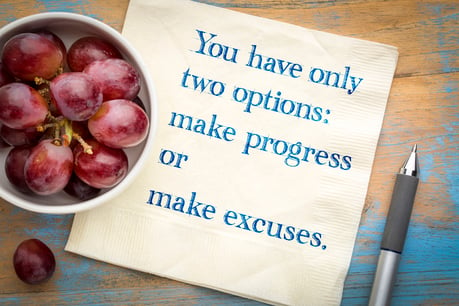 After the New Year, springtime is another time that motivates us to make a fresh start. When the weather finally starts to warm up and the breeze is blowing, we want to throw open the windows and let the rebirth all around us revitalize our homes and our spirits.
After the New Year, springtime is another time that motivates us to make a fresh start. When the weather finally starts to warm up and the breeze is blowing, we want to throw open the windows and let the rebirth all around us revitalize our homes and our spirits.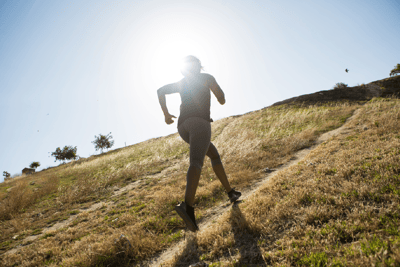 Fitness is a great tool to use to train the mind. Yes, often people work out for physical health, but exercise is also getting a lot of
Fitness is a great tool to use to train the mind. Yes, often people work out for physical health, but exercise is also getting a lot of 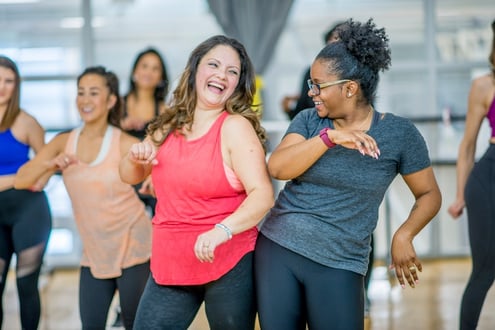 “You've got this!” "Keep it up!” “So strong!”
“You've got this!” "Keep it up!” “So strong!” 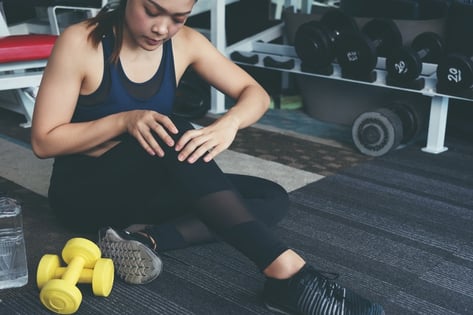 Think about the most recognized duos of all time: Batman and Robin. Mario and Luigi. Buzz and Woody. Stability and Mobility. Wait, what? Yes, like superhero teams, stability and mobility work together to achieve a balanced, harmonious environment for functional movement.
Think about the most recognized duos of all time: Batman and Robin. Mario and Luigi. Buzz and Woody. Stability and Mobility. Wait, what? Yes, like superhero teams, stability and mobility work together to achieve a balanced, harmonious environment for functional movement.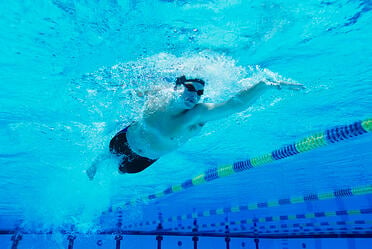
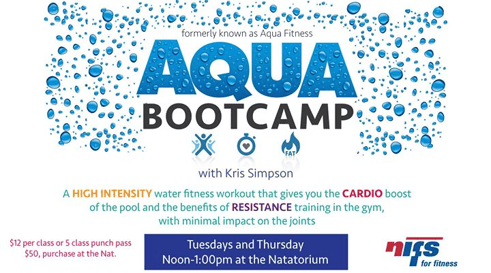
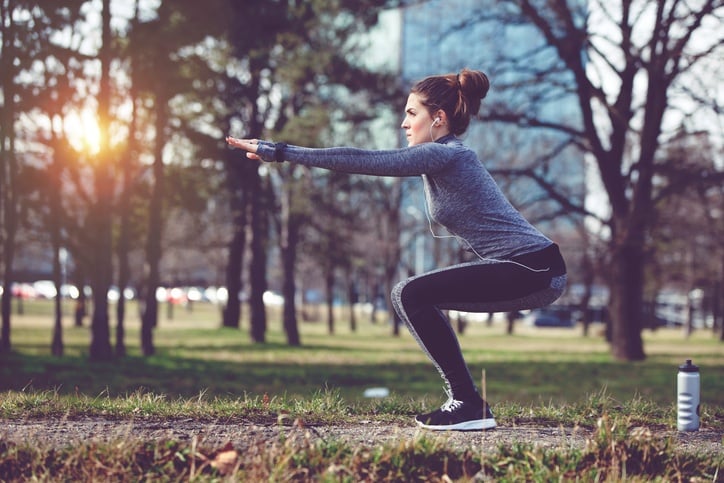 When you hear the word stretch, you might think immediately about flexibility (or perhaps your lack thereof). Flexibility was always the term used for enhancing limited movement, until the word mobility arrived and took the fitness industry by storm.
When you hear the word stretch, you might think immediately about flexibility (or perhaps your lack thereof). Flexibility was always the term used for enhancing limited movement, until the word mobility arrived and took the fitness industry by storm.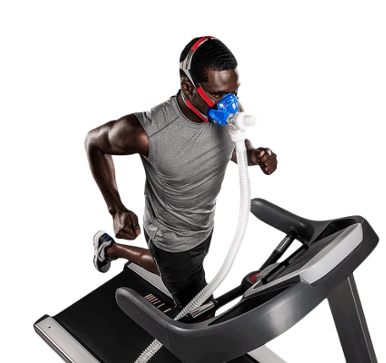 Fitness trends come and go, but heart-rate training is something that has been around for a long time; and due to its validity, I have a feeling it will not be leaving anytime soon. In fact, some places base their entire programming around your heart rate. And knowing your heart-rate training zone is actually a very useful tool for anyone—from the marathon runner to the three-times-a-week boot camp attendee!
Fitness trends come and go, but heart-rate training is something that has been around for a long time; and due to its validity, I have a feeling it will not be leaving anytime soon. In fact, some places base their entire programming around your heart rate. And knowing your heart-rate training zone is actually a very useful tool for anyone—from the marathon runner to the three-times-a-week boot camp attendee!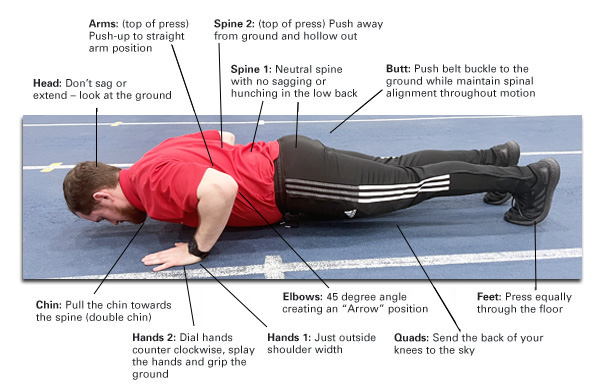
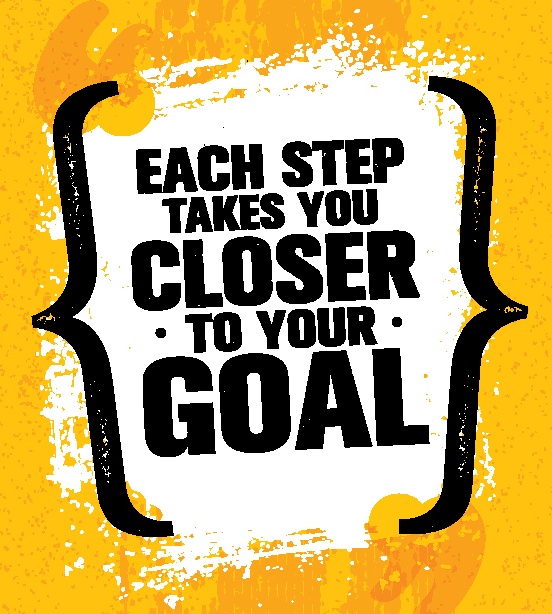 Some people in this world are really good at staying committed to something they have started, but there are many others who struggle with meeting a goal or expectation that they have set for themselves, then actually following through with it to completion. It can be a challenge to hit those markers if you cannot seem to stay committed to something, which in turn leads to discouragement, a sense of failure, and feeling defeated.
Some people in this world are really good at staying committed to something they have started, but there are many others who struggle with meeting a goal or expectation that they have set for themselves, then actually following through with it to completion. It can be a challenge to hit those markers if you cannot seem to stay committed to something, which in turn leads to discouragement, a sense of failure, and feeling defeated.